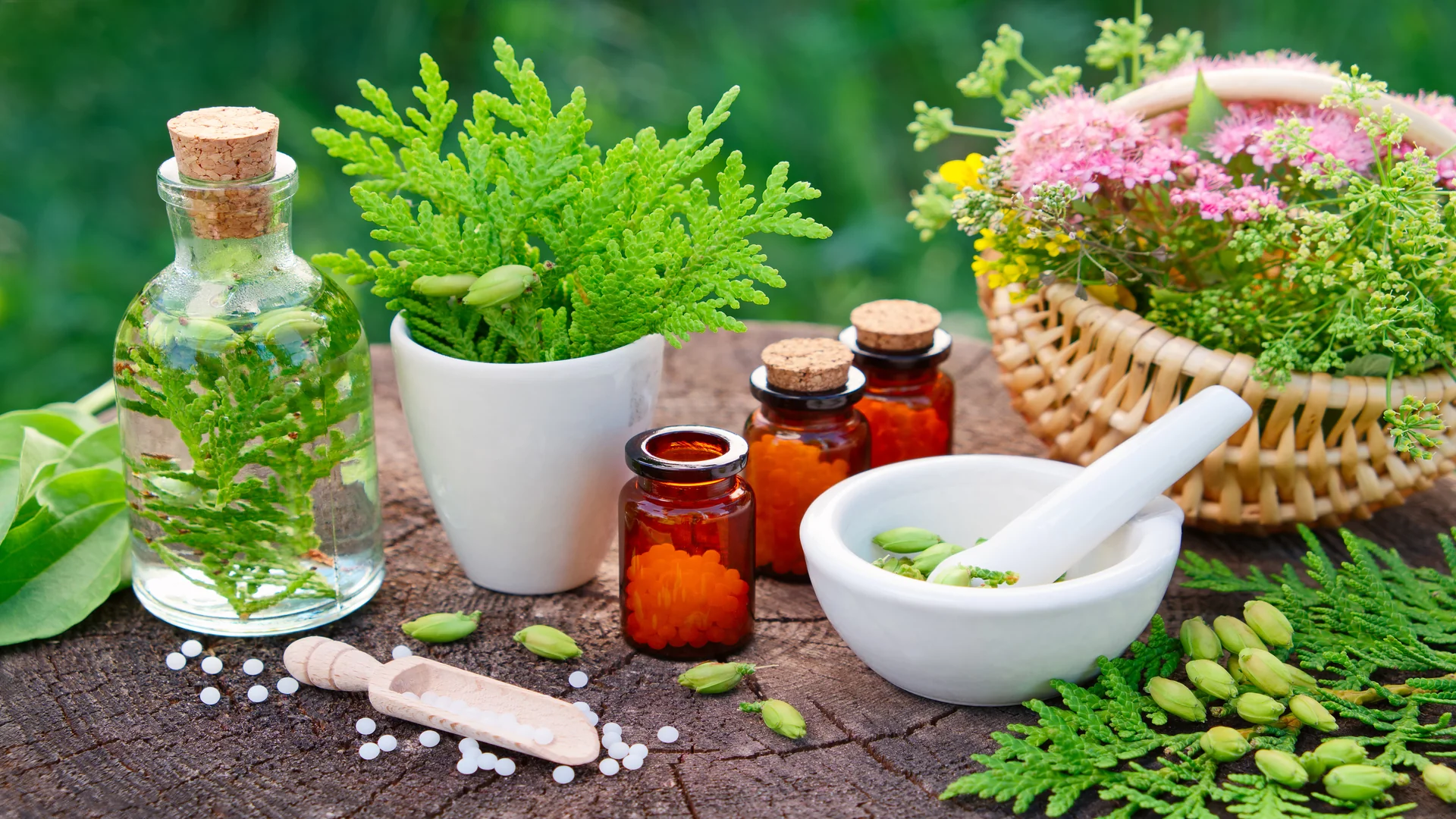Succulents aren’t just pretty green companions brightening up your shelves or balconies—they’ve been quietly healing people for centuries.
Beyond their quirky shapes and minimal water needs, many succulents are packed with therapeutic compounds used in traditional remedies across cultures.
From soothing burns to calming coughs, some of the most common succulents double as nature’s tiny pharmacists.
Their popularity in the world of natural wellness isn’t new, but it’s seeing a fresh revival as more people seek gentle, home-based healing alternatives.
Whether you’re a curious gardener or someone exploring holistic health, understanding which succulents offer medicinal benefits can help you tap into their potential in a meaningful and responsible way.
What Makes a Succulent Medicinal?
Not all succulents are created equal when it comes to healing. What sets medicinal succulents apart is the presence of bioactive compounds like aloins, mucilage, flavonoids, and saponins.
These natural ingredients provide benefits such as antibacterial, anti-inflammatory, hydrating, and immune-boosting effects.
Some are best for topical use, like treating burns or rashes, while others are safe for internal consumption, offering benefits like aiding digestion or reducing inflammation.
That said, dosage and preparation matter, and not all species are edible—so it’s crucial to use them with proper knowledge.
Medicinal succulents have been traditionally used in Ayurveda, Traditional Chinese Medicine, and Indigenous healing systems for thousands of years.
Today, they’re gaining mainstream recognition for their gentle yet effective properties.
Top Medicinal Succulents and Their Uses
Let’s explore some of the most beneficial succulents you can grow and use for home remedies. These plants are easy to care for and can serve double-duty as both decorative and functional additions to your space.
1. Aloe Vera (Aloe barbadensis miller)
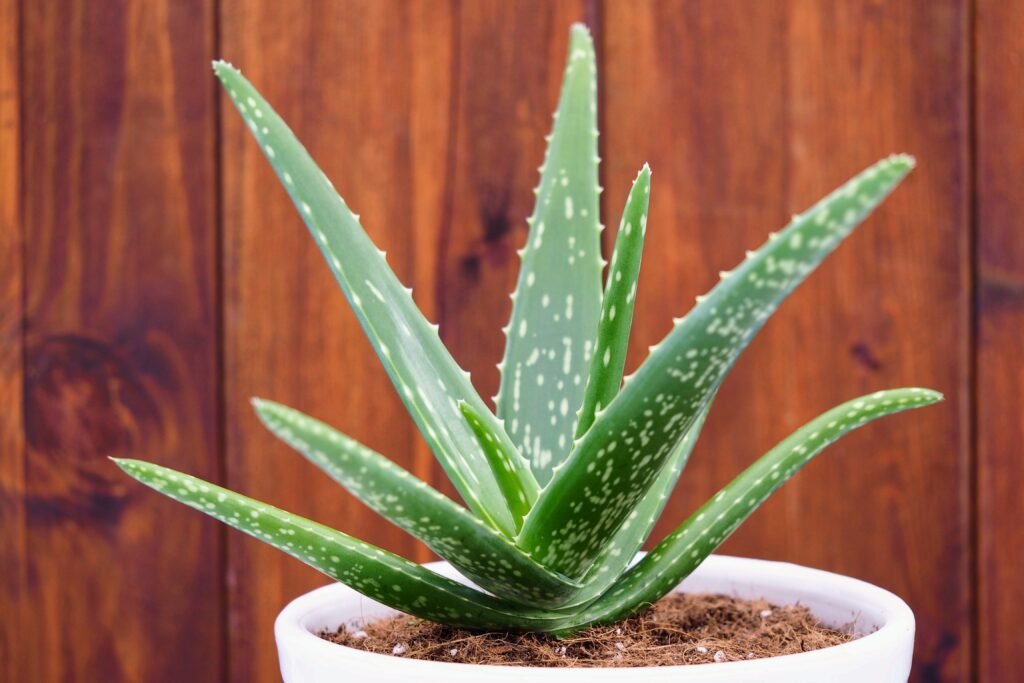
Probably the best-known medicinal succulent, Aloe Vera is a must-have in any healing garden. Its fleshy leaves are filled with a soothing gel that helps heal burns, cuts, rashes, and insect bites.
The gel is also rich in vitamins A, C, and E, making it great for skin hydration and anti-aging. Internally, aloe juice (in controlled amounts) may aid digestion and gut health.
Always use mature leaves, and make sure to avoid the yellow latex close to the rind when consuming.
2. Prickly Pear (Opuntia spp.)
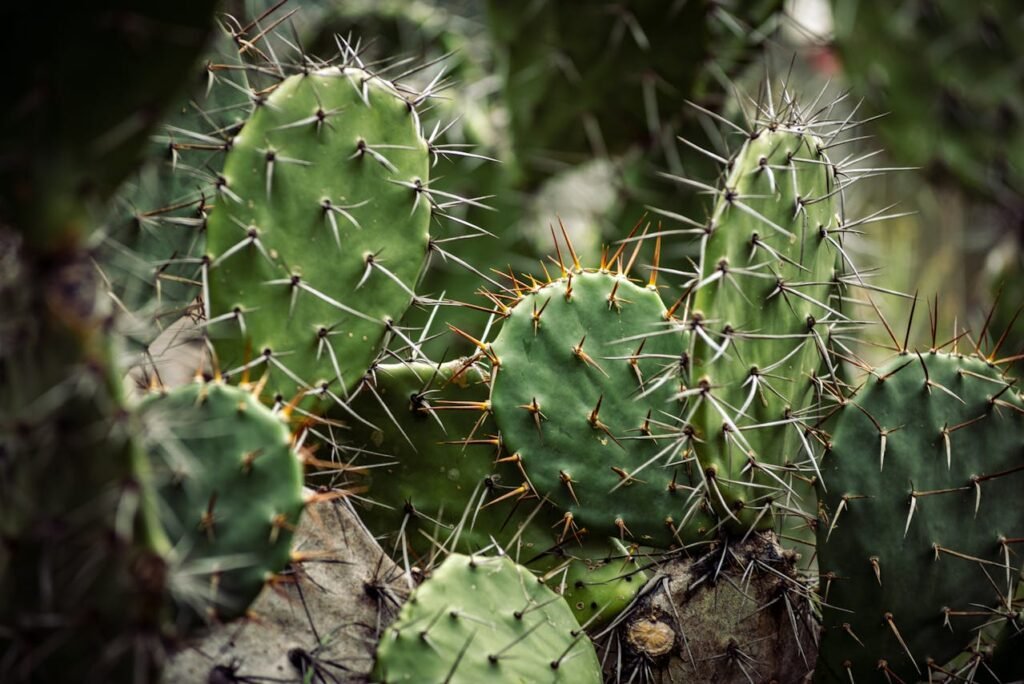
This cactus isn’t just beautiful—it’s loaded with antioxidants and anti-inflammatory properties. The pads (nopales) are eaten in many cultures and help regulate blood sugar and cholesterol. The fruit is rich in vitamin C and can be used in juices, jams, and even skincare. Its high mucilage content also helps soothe gastric inflammation. Be sure to remove the spines properly before use!
3. Snake Plant (Sansevieria trifasciata)
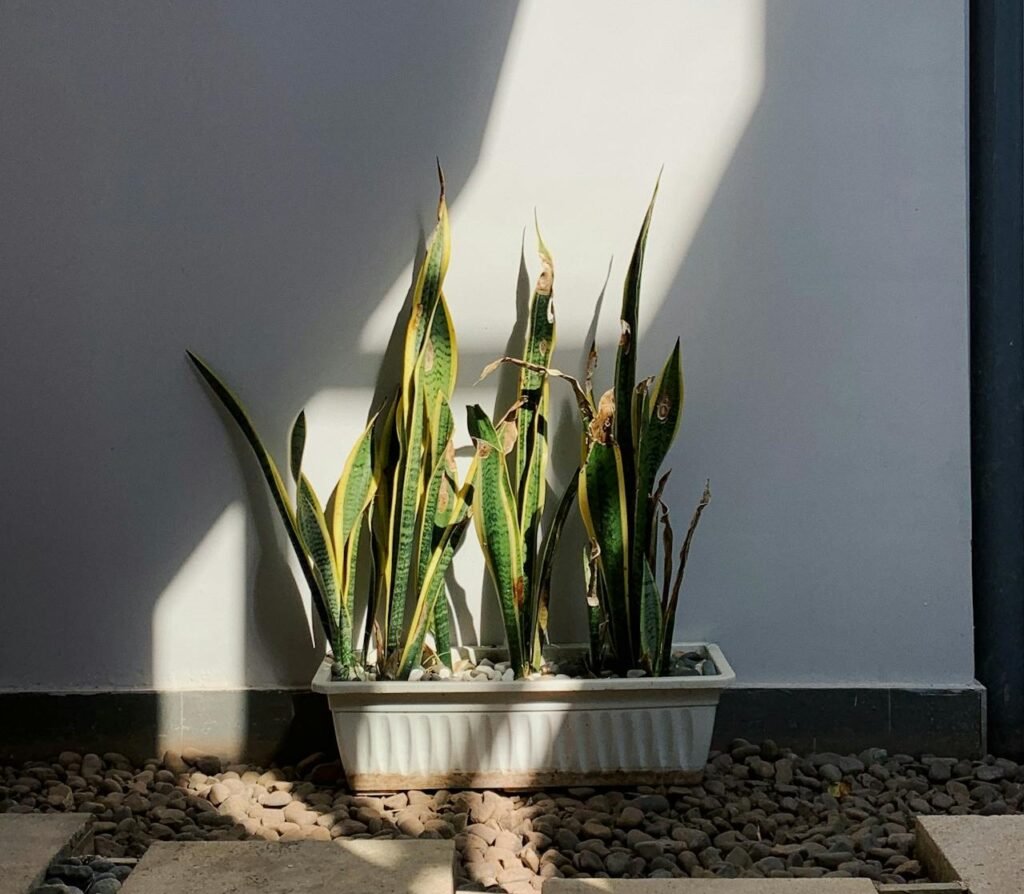
Also known as Mother-in-Law’s Tongue, this succulent is famed for its air-purifying abilities. In some traditional medicine systems, the juice from its leaves has been used to relieve cough, asthma, and minor skin irritations.
While it’s not commonly consumed internally, it plays a great role in improving indoor air quality, which can benefit respiratory health.
4. Jade Plant (Crassula ovata)
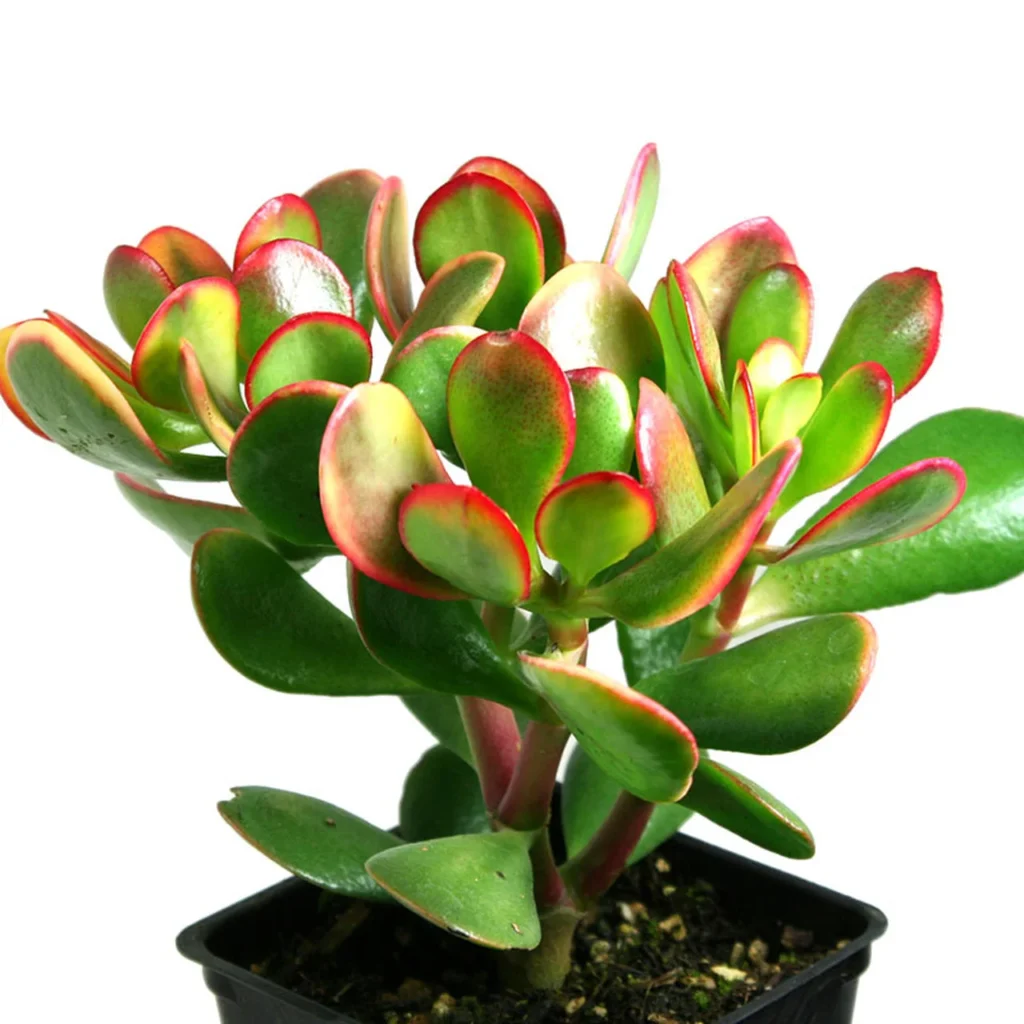
This chubby-leafed succulent is more than just a symbol of prosperity. In some South African and Asian traditions, the leaves are crushed and applied to minor wounds and warts.
It’s also been used in folk remedies to ease nausea and treat corns, though clinical evidence is limited. While it’s generally used topically, caution is advised if considering internal use due to its mildly toxic nature.
5. Mother of Thousands (Kalanchoe daigremontiana)
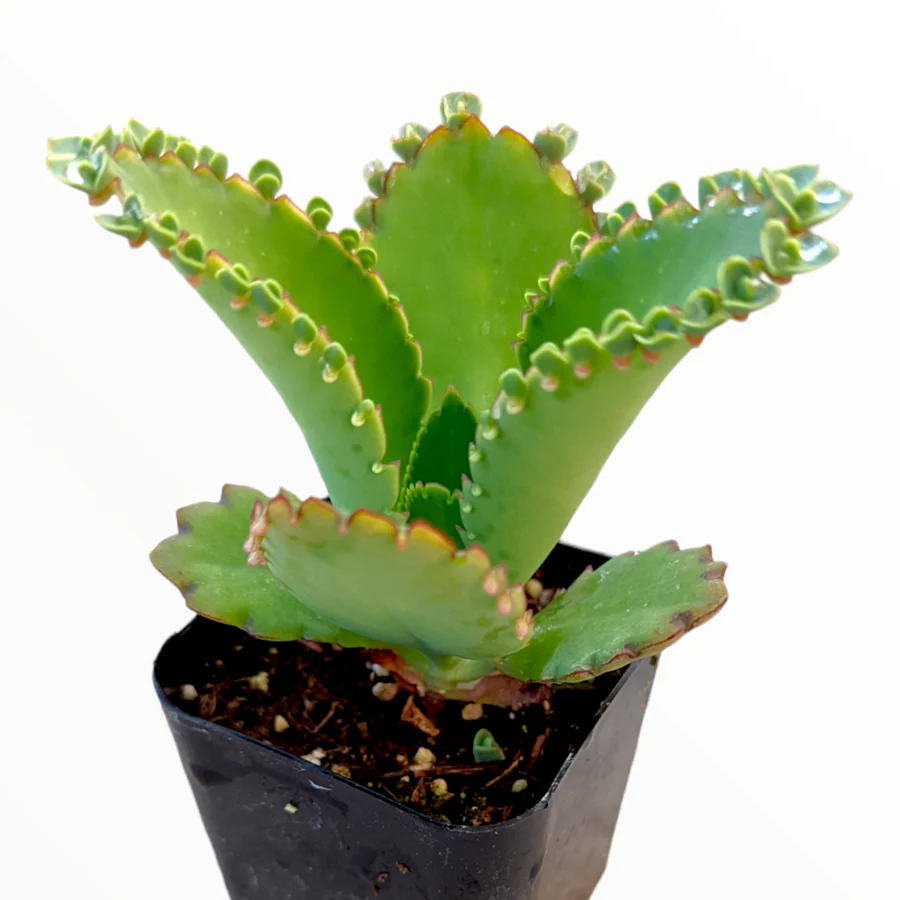
Recognized by its baby plantlets along the edges, this plant has long been used in Ayurvedic and African medicine to treat ulcers, inflammation, and infections. It contains powerful compounds like bryophyllins that have antimicrobial effects.
However, it’s important to note that dosage matters—in high amounts, it may be toxic. Always consult a qualified herbalist before consuming.
6. Indian Borage (Plectranthus amboinicus)

Also called Mexican mint or Cuban oregano, Indian Borage is a fragrant succulent herb used in many Indian households as a remedy for coughs, colds, and sore throats.
The leaves can be brewed into tea or used in steam inhalation to clear nasal passages and relieve respiratory discomfort. It’s also applied to bug bites and skin irritations.
7. Agave (Agave americana)
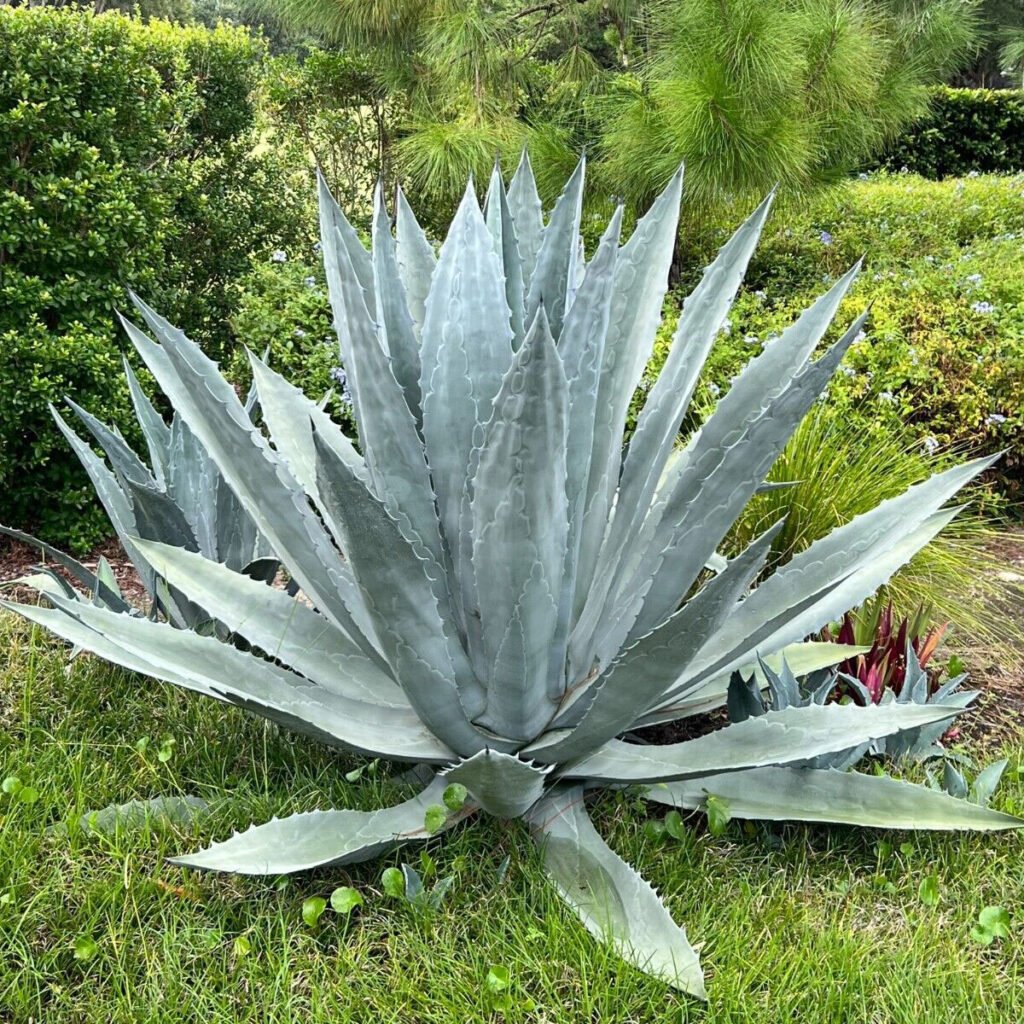
Agave sap has historically been used as a natural antiseptic and wound treatment. The plant contains compounds that exhibit antibacterial and antifungal properties.
However, raw agave can be irritating to the skin and is not typically eaten without proper processing. Agave syrup, a sweetener, is made from cooked agave and used in small amounts for digestive support.
It’s more of a topical remedy than an edible one when in natural form.
How to Grow Medicinal Succulents at Home
Growing medicinal succulents at home isn’t just rewarding—it gives you easy access to fresh remedies. Most of these plants thrive in warm, dry conditions and require well-draining soil.
Place them where they’ll receive at least 4–6 hours of sunlight, either outdoors or on a sunny windowsill. Use pots with drainage holes and a sandy mix to avoid overwatering.
Aloe Vera and Prickly Pear prefer direct sun, while plants like Snake Plant and Indian Borage tolerate indirect or filtered light.
Avoid chemical pesticides if you’re planning to use your succulents medicinally. Opt for natural pest control methods like neem oil or insecticidal soap.
If you’re growing these indoors, make sure there’s adequate airflow to prevent mold and mildew. Regular trimming and removing dead leaves also promote healthy growth and reduce the risk of disease.
Propagation is simple: Aloe pups, jade stem cuttings, and kalanchoe plantlets make it easy to expand your healing garden.
Just be sure to label each plant, especially those with similar appearances, to avoid confusing edible or safe plants with those that should only be used topically.
Practical DIY Uses for Medicinal Succulents
When you grow medicinal succulents at home, you’re not just decorating your space—you’re building a small, living pharmacy. Here’s how to use them safely and effectively:
Aloe Vera gel for skin care
Snip a mature aloe leaf near the base, let the yellow sap drain (it’s a laxative), then extract the clear inner gel. This can be applied directly to sunburns, minor burns, cuts, dry skin, or acne. You can even blend it into DIY face masks or natural moisturizers.
Prickly Pear juice for immunity
Harvest the fruit carefully, remove the spines, and extract the pulp for immune-boosting juice. The pads (nopales) can be lightly grilled or sautéed and added to salads or tacos—great for managing blood sugar.
Indian Borage tea for cold relief
Pluck a few fresh leaves, crush them lightly, and steep them in hot water for 5–7 minutes. The tea helps soothe sore throats, clear sinuses, and calm coughs. A natural, kid-safe remedy found in many Indian households.
Snake Plant for clean air
While not applied or consumed, placing a few Snake Plants around your bedroom or office helps filter airborne toxins like formaldehyde and benzene, improving sleep and lung health over time.
Jade Plant poultice
Crush the leaves and apply the juice to corns, warts, or skin rashes as used traditionally in African folk remedies. Always patch test before widespread use.
Kalanchoe leaf paste
Used in small amounts, the crushed leaves are applied to skin ulcers, boils, or insect bites for quick relief due to their anti-inflammatory effects. Never consume internally without medical advice.
Safety Tips When Using Medicinal Succulents
Just because a plant is natural doesn’t mean it’s risk-free. Here are important guidelines to follow when using succulents medicinally:
- Always patch test: Before applying any plant sap or gel, test a small amount on your inner arm to check for irritation or allergic reactions.
- Do not ingest without guidance: Some succulents may be toxic in large amounts. For example, Kalanchoe species can be harmful if ingested in excess.
- Use clean tools: Sanitize scissors or knives used to cut plant parts, especially if you’re applying them to wounds.
- Keep out of reach of pets and small children: Some succulents may be mildly toxic to animals or kids when chewed.
When in doubt, consult an herbalist or plant expert—especially if you plan to ingest any plant or use it as a regular remedy.
Common Mistakes to Avoid
- Confusing look-alike plants: Not all succulents that look similar offer the same benefits. Be sure of plant identity before using.
- Overharvesting leaves: Don’t remove too many leaves at once; this can stress the plant. Rotate harvesting across several plants.
- Storing gel incorrectly: Aloe gel and other saps lose potency when exposed to heat or air. Always store fresh gel in a sterile container in the fridge for up to a week.
- Using ornamental hybrids: Some decorative succulents are bred for looks, not use—and may lack medicinal potency or even be unsafe.
The Role of Medicinal Succulents in Sustainable Living
Medicinal succulents are a perfect fit for eco-conscious lifestyles. They:
- Require minimal water, helping conserve this precious resource.
- Grow easily in small spaces—perfect for apartment balconies or windowsills.
- Replace chemical-heavy skin and health products with natural alternatives.
- Can be propagated endlessly, reducing the need for commercial purchase.
You’re not just healing your body—you’re also choosing a gentler path for the planet.
Frequently Asked Questions (FAQs)
1. Can I eat Aloe Vera straight from the plant?
Yes, but with care. Only the clear inner gel should be consumed in small amounts. Avoid the yellow sap (latex), which is a natural laxative and can irritate the stomach.
2. Is Prickly Pear cactus safe for diabetics?
Prickly Pear pads (nopales) are often used to support blood sugar management. However, diabetics should consult their healthcare provider before incorporating it regularly.
3. Can pets eat succulents with medicinal properties?
Not all succulents are safe for pets. Aloe Vera and Kalanchoe, for instance, can be toxic to cats and dogs if ingested. Always keep medicinal succulents out of pet reach.
4. Are these succulents safe during pregnancy?
Topical use is generally considered safer, but internal use of medicinal plants during pregnancy should always be discussed with a doctor or midwife.
5. Do I need organic soil for growing medicinal succulents?
It’s ideal to use organic, pesticide-free soil if you plan to use the plants for topical or internal remedies.
Final Thoughts
Succulents are nature’s gift—not just for aesthetics, but for healing, harmony, and sustainable living. From Aloe’s soothing gel to the respiratory relief of Indian Borage, these low-maintenance plants are rooted in centuries of wisdom.
Embracing medicinal succulents allows you to build a deeper connection with the natural world while caring for your health in simple, grounded ways.
Start small. Grow what you need. Learn what works for you. And always respect the plant and the power it holds.
